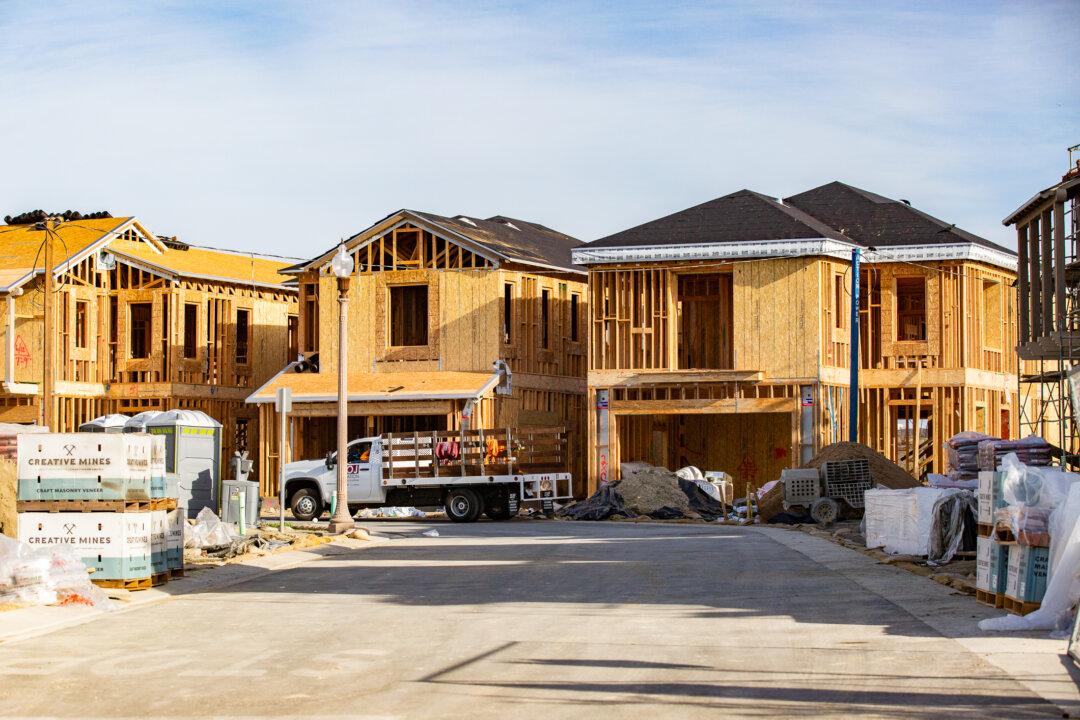IRVINE, Calif.—Senate Bill 10 (SB 10), introduced by Senator Scott Wiener (D-San Francisco), narrowly passed the state Assembly on Monday by a vote of 41-9, with only 41 votes necessary to send the bill to the state Senate for final approval before being sent to Gov. Gavin Newsom for consideration.
Seven of nine Democrat representatives voted against the bill including Richard Bloom, Tasha Boerner Horva, Jim Frazier, Al Muratsuchi, Patrick O'Donnell, Adrin Nazarian, Cottie Petrie-Norris, and Mark Stone, with Republicans Kelly Seyarto and Randy Voepel also voting against.





